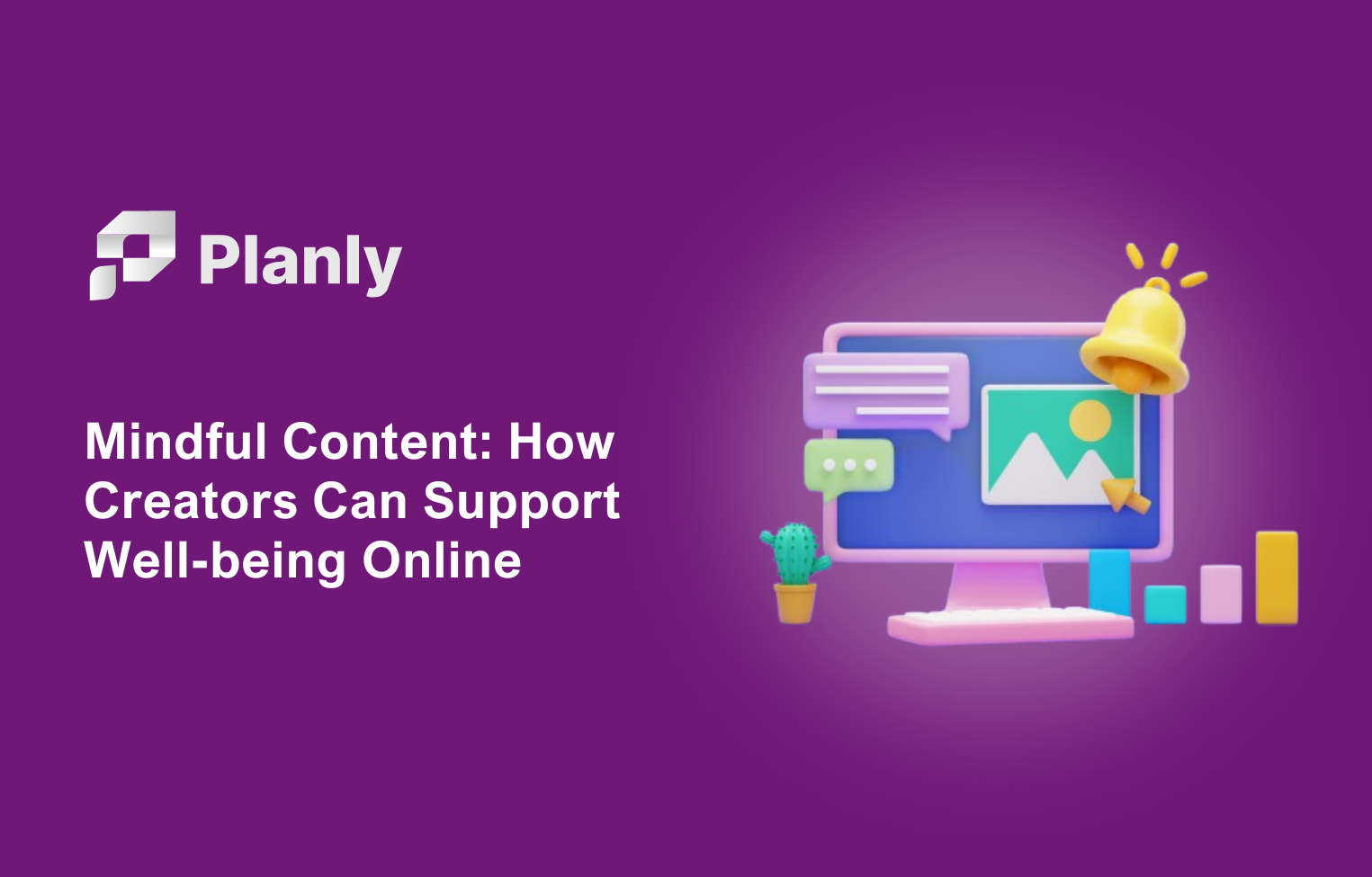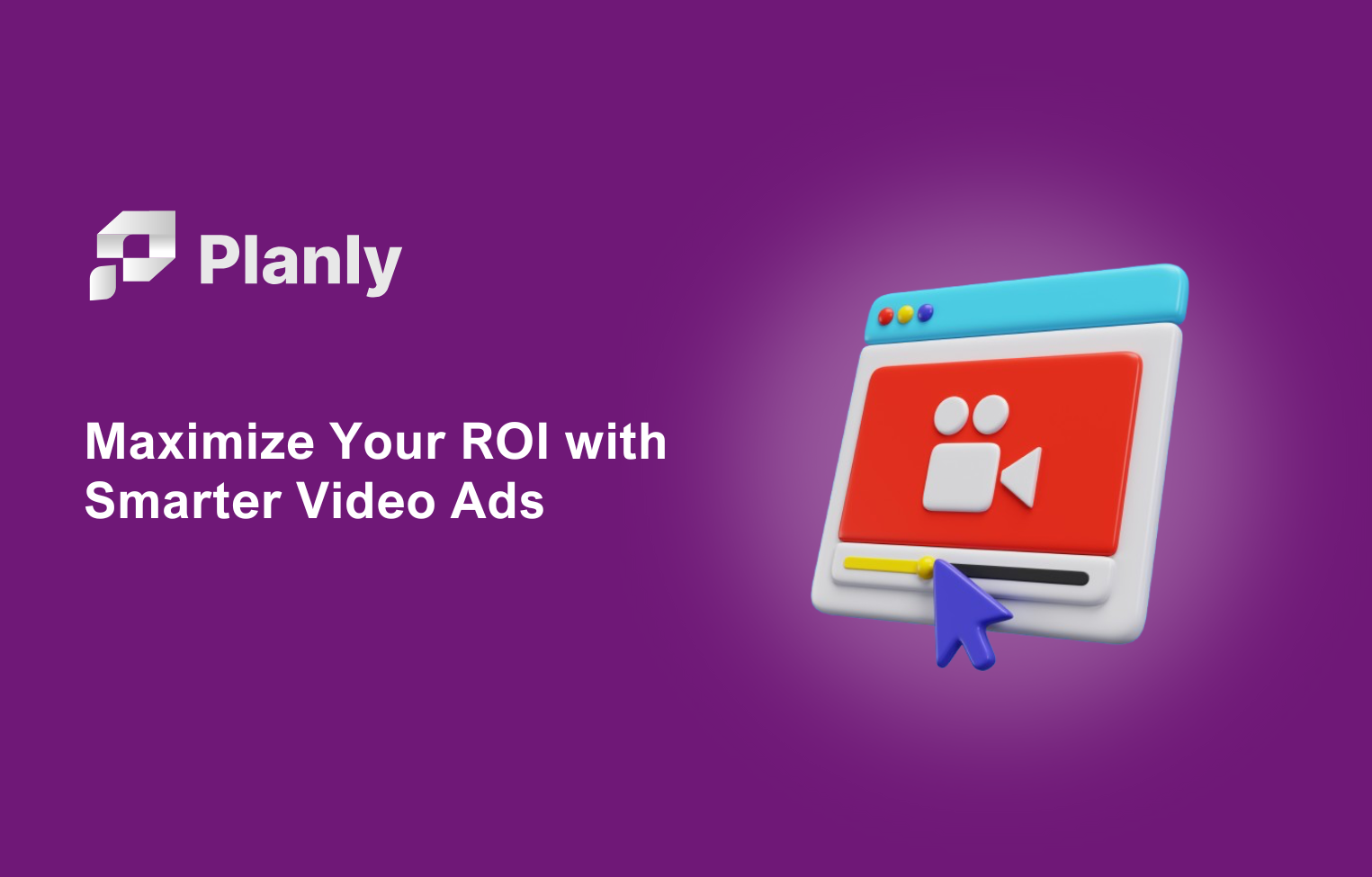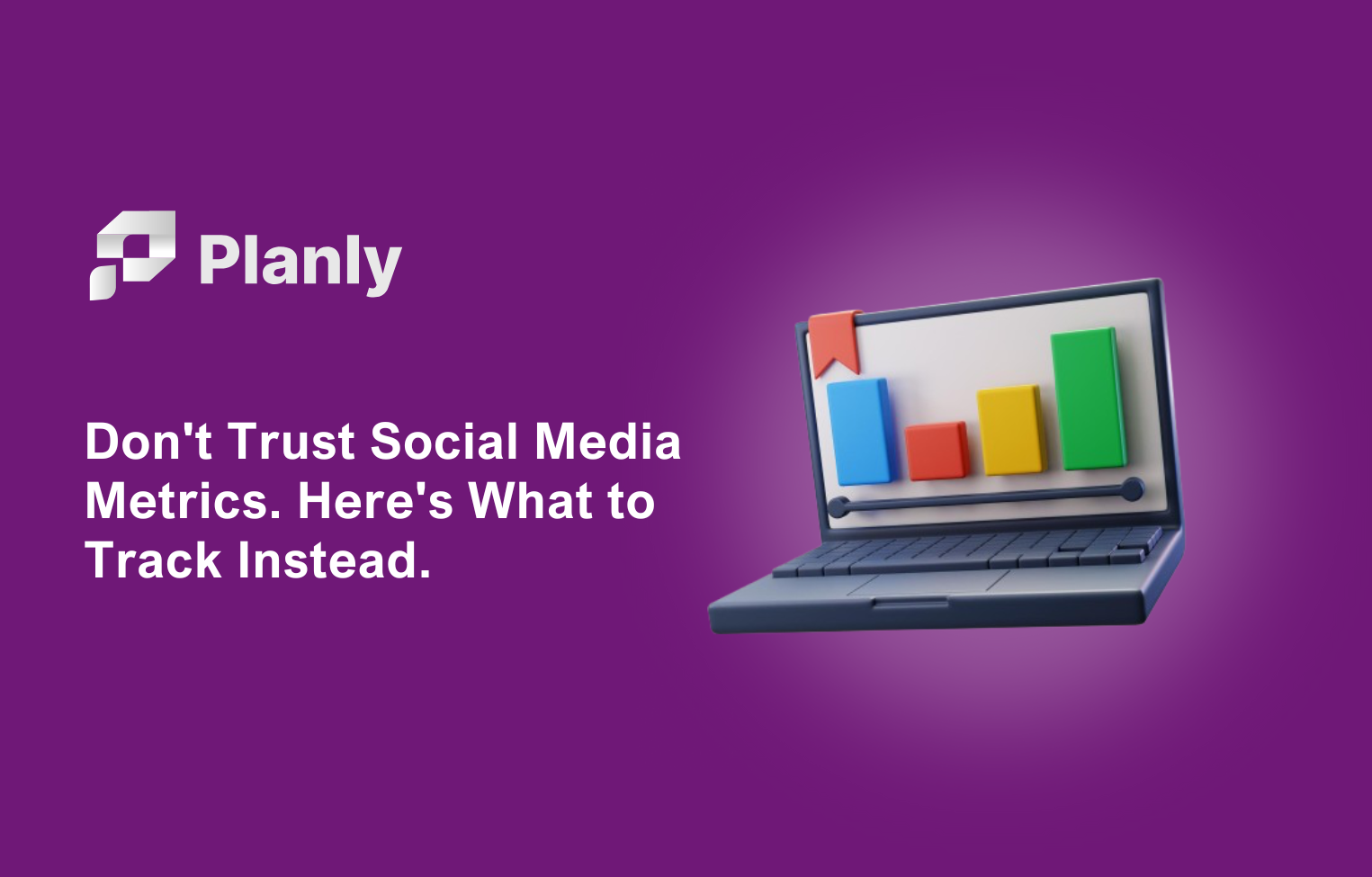Pinterest is a powerful visual marketing tool that can help businesses achieve their marketing goals. However, in order to make the most of Pinterest, you need to track and measure your KPIs. In this blog post, we will discuss the most important Pinterest metrics and how to track them. By tracking these KPIs, you will be able to improve your Pinterest marketing strategy and see better results.
How to identify Pinterest KPIs?
If Pinterest takes a special emphasis on your social media marketing, you need to set different KPIs other than general social media KPIs. When it comes to identifying the most important Pinterest key performance indicators, a few factors need to be considered. First and foremost, you should focus on KPIs related to user engagement. These will include metrics such as followers, likes, comments, shares, repins, and pins created. You can also track how many people have clicked on your pins, visited your website, and made purchases.
Additionally, you should also consider KPIs related to content performance. These will include metrics such as impressions, reach, engagement rate, average daily views per pin, and average time spent on a pin. By tracking these metrics, you can get an idea of which pieces of content are performing best and why.
What are Pinterest KPIs, and why do they matter for businesses in 2025?
Social media KPIs (Key Performance Indicators) are metrics used to measure the success of a business's marketing campaigns.
Here are they:
The total number of people that follow a Pinterest account: The term "monthly views" has taken the place of "monthly viewers" on the profile page. The equivalent of impressions is monthly views. The Analytics overview's "Total audience" section now allows you to view the monthly viewers. The total number of users who have viewed or interacted with the account's pins is represented by this measure.
Impressions: The frequency at which pins are shown on a screen. Included in this are the start feed, search results, several categories feeds, as well as re-pins of the pin to other pinboards.
Closeups: This measure demonstrates that the pin's graphics were compelling enough to warrant the user's deeper inspection. This statistic was formerly known as "Closeups" but has since been renamed for clarity.
Clicks on links: The total number of clicks on the destination URL linked to the pin is called outbound clicks. A high click-through rate indicates that readers are interested in learning more about the material and that the built-in calls to action are effective. The click-through rate is one of the finest ways to gauge ROI if increasing conversions is one of your main objectives. For clarity, this KPI has also been given a new name.
The total amount of interactions with your pins: This includes navigating through the cards of carousel pins, clicking links, and saving pins.
Marked Actions or Saves: Saving a Pin to one of your Pinboards for later viewing demonstrates that users find the Pin exciting and shareable.
Video Views: The total number of times a video was seen with at least a 50% field of view and for at least two seconds.
For example, if you're seeing an overall low engagement rate on your pins, then you can work on improving the quality of your content and visuals to attract more attention from users. On the other hand, if you have a high number of followers but not many clicks or shares, then you should focus on optimizing your pins for click-throughs and conversions.
Also, low engagement can be related to low pin posting. If you want to get high interaction and interest from Pinterest users, you need to actively post on Pinterest. To do this, you need to schedule your pins earlier so that your audience can interact with them anytime theory is on the platform.
Pinterest scheduling tools can help you auto-publish pins easily. Planly is a social media scheduler with a Pinterest scheduler feature that help you schedule pins to boards and add destination link, title, and description so that each of your posts are well curated.
Also, Planly lets you schedule Pinterest posts along with sharing on other platforms like Facebook, Instagram, TikTok, Twitter, and LinkedIn so that you can save more time. You can create a free account and start scheduling now.
What are the Idea Pins on Pinterest?
Idea pins are user-generated content that serves as inspiration for Pinterest users. They are usually creative images and videos, often accompanied by a short description or caption. They can be used to promote products, services, or even just fun ideas. These pins should be eye-catching and engaging in order to capture the attention of potential customers.
By tracking these Pinterest metrics, businesses can identify areas for improvement and target their strategy accordingly to get better results from their campaigns.
What are the KPIs of Idea Pins on Pinterest?
Idea Pins on Pinterest are measured by several performance indicators known as KPIs (Key Performance Indicators). These KPIs provide an overarching view of how users interact with products and services. For Idea Pins on Pinterest, these include the number of saves, impressions, repins, and reach achieved by each Pin.
The number of saves indicates how interesting or engaging the content is; it tells us how many people have saved a Pin to one of their boards. Impressions refer to the total number of times a Pin was shown on the site, regardless of whether it was clicked on or not. Repins measure how much users are sharing your content by calculating the number of times a Pin has been shared from one board to another. Finally, reach is the number of unique people who have seen a particular content.
These KPIs provide an overall view of how successful Idea Pins are on Pinterest and can be used to measure the performance of campaigns, as well as identify opportunities for improvement. By understanding these KPIs, we can gain valuable insights into how our content is performing and use them to drive more engagement.
How to measure Pinterest KPIs in 2025?
In order to effectively measure your Pinterest key performance indicators, you need to be able to track them accurately. The best way to do this is by using Pinterest analytics tools. These tools allow you to track and analyze your KPIs on a daily, weekly, or monthly basis. With this information, you can identify areas where you need to improve and focus your efforts accordingly.
You can also use third-party analytics tools that measure Pinterest KPIs like Tailwind and Crowdfire. These tools help businesses track their activity on Pinterest more accurately, as well as compare performance metrics with other users in their industry.
Finally, you can use A/B testing in marketing to measure the effectiveness of your pins and decide which ones are most likely to generate engagement from users. This will allow you to fine-tune your strategy and ensure that your content is engaging enough to draw in more followers and drive more clicks and conversions.
How to track Pinterest KPIs using Google Analytics?
Google Analytics can also be used to track your Pinterest metrics. To do this, you need to connect your Pinterest account directly with Google Analytics. Once connected, you'll be able to see how many people are clicking through from Pinterest, what content is performing well on the platform, and other insights about user behavior. This will help you identify any trends or patterns that can help you optimize your Pinterest strategy.
How to improve your business performance on Pinterest using the KPIs you've identified and tracked?
Once you have identified and tracked your Pinterest Key Performance Indicators, the next step is to use that data to make improvements. Promoting your business on Pinterest is essential to appear high on search engines, reach out to more audience, and increase your social reach.
You can start by optimizing your content strategy so that it resonates more with users and encourages them to take action. This could include experimenting with different types of content, such as videos, GIFs, polls, quizzes, and more. Additionally, you can adjust the timing of your posts and focus on relevant topics for your target audience.
Finally, you can use Pinterest ads to drive engagement with specific pins or boards. By focusing on targeted ads tailored for particular users, you'll be able to increase the reach of your content and ultimately generate more leads and conversions.
By tracking your Pinterest KPIs, you'll be able to identify areas for improvement and create strategies that are tailored to your business goals. With the right data, you can make strategic decisions to maximize reach and impact, drive more traffic to your website, and improve performance on the platform. With these insights, you'll be able to take your Pinterest marketing efforts to the next level and achieve greater success.
Conclusion
To wrap up, it's important to remember that tracking and improving Pinterest KPIs is a continuous process. By regularly assessing your performance, you can keep ahead of the competition and ensure that your content resonates with users.
With the right data and strategies in place, you'll be able to maximize your efforts and ensure that the time and money you invest in Pinterest are well worth it. And as a result, you'll be able to enjoy greater reach, engagement, and ROI on the platform.








